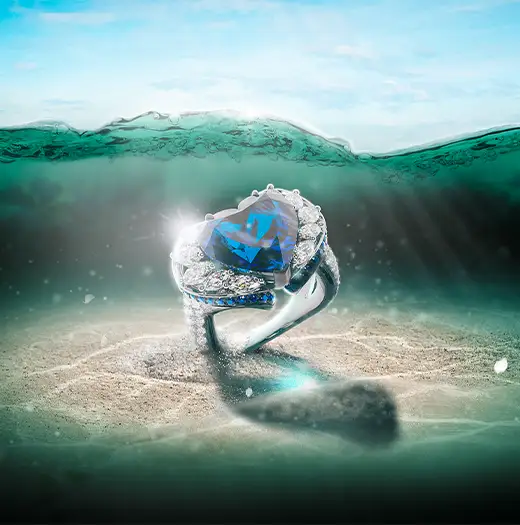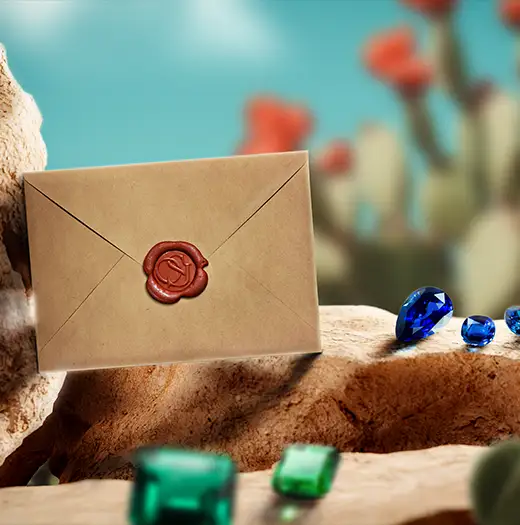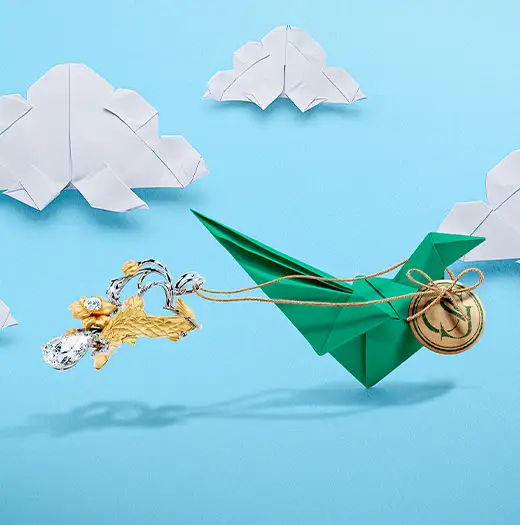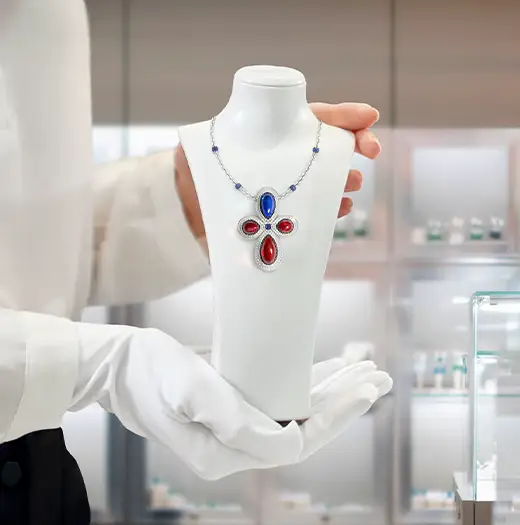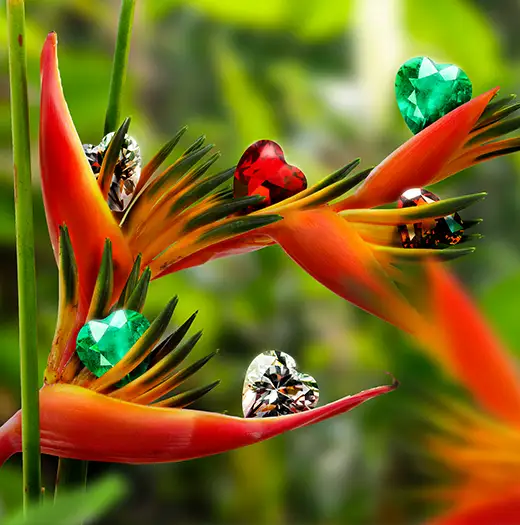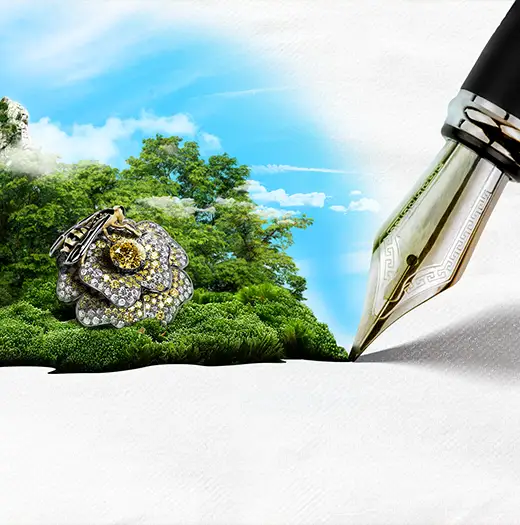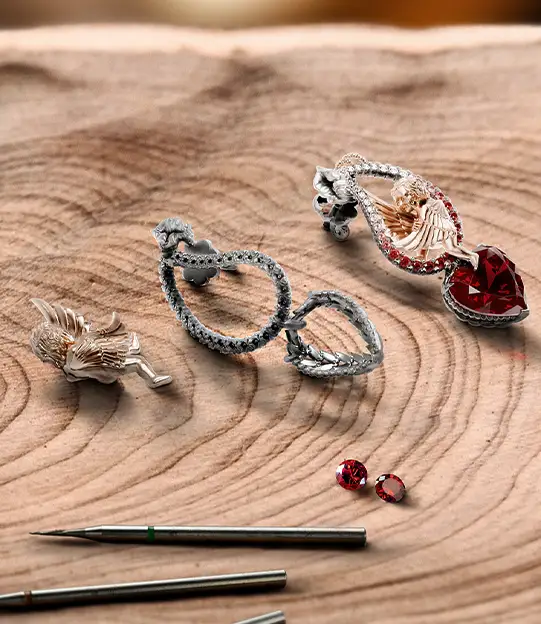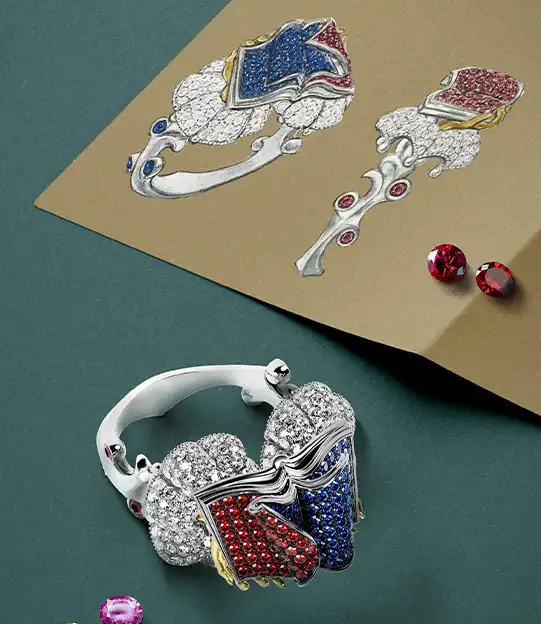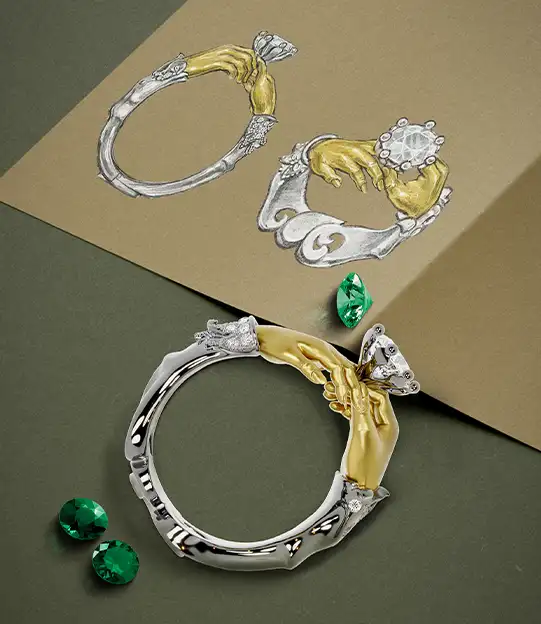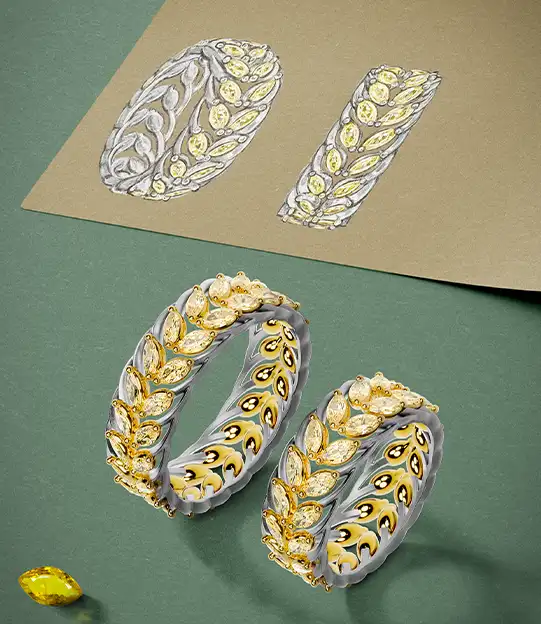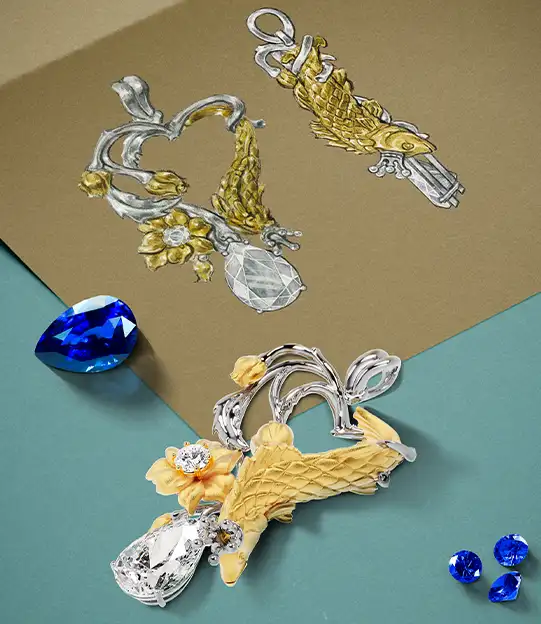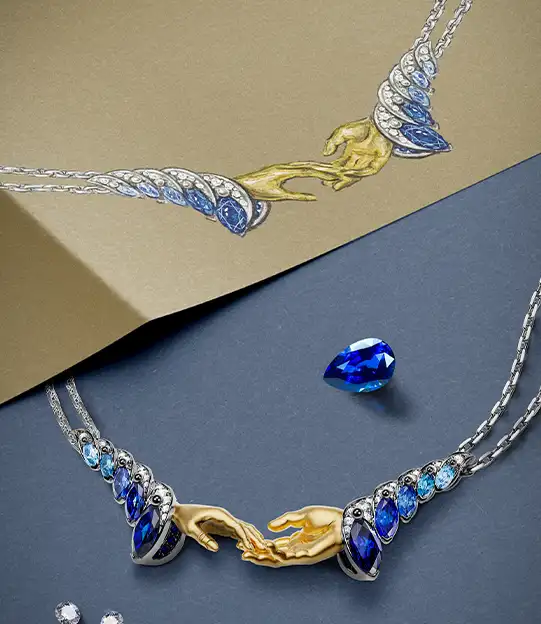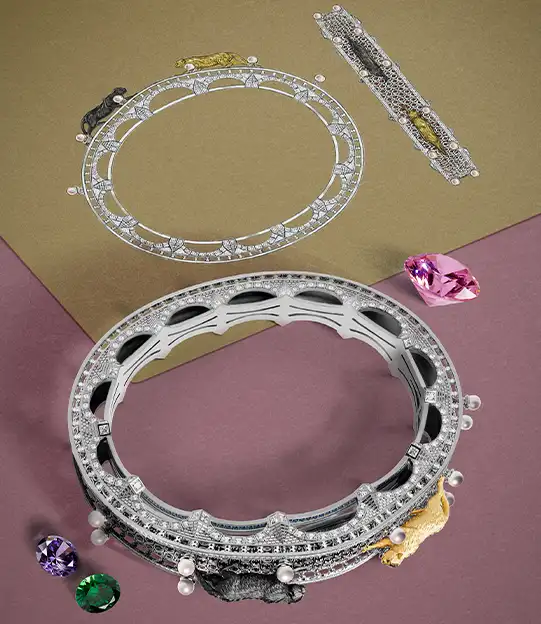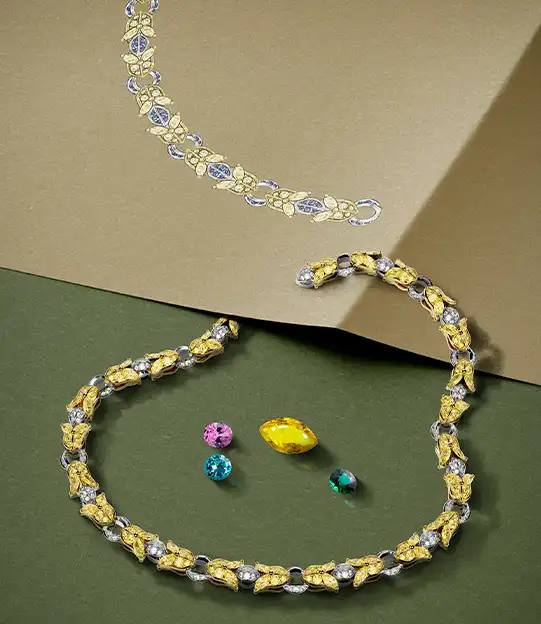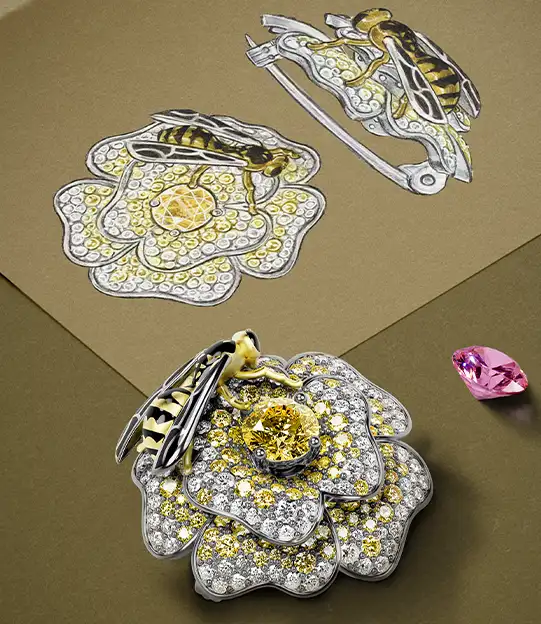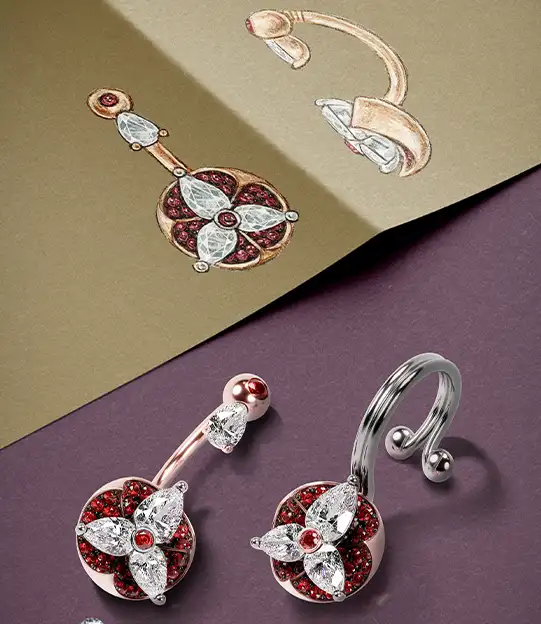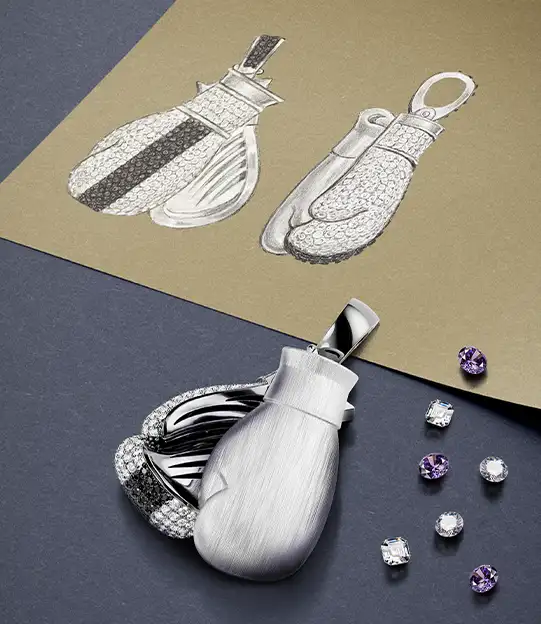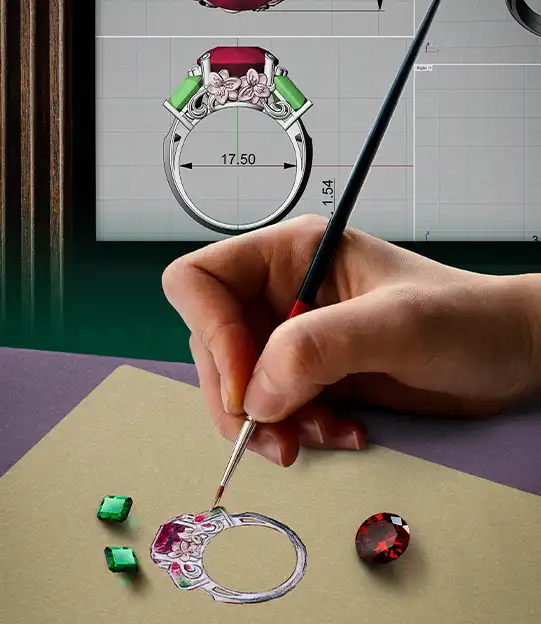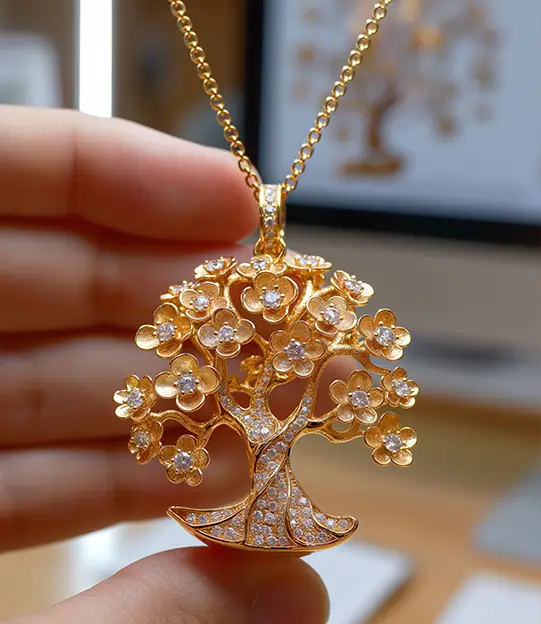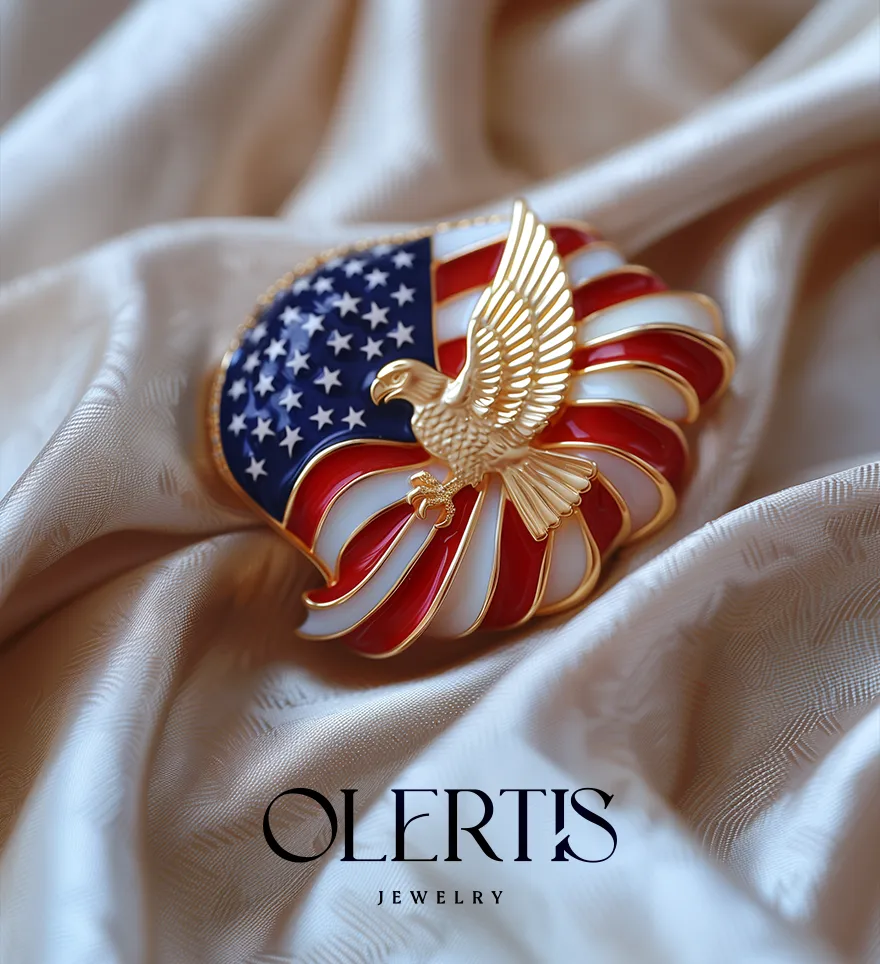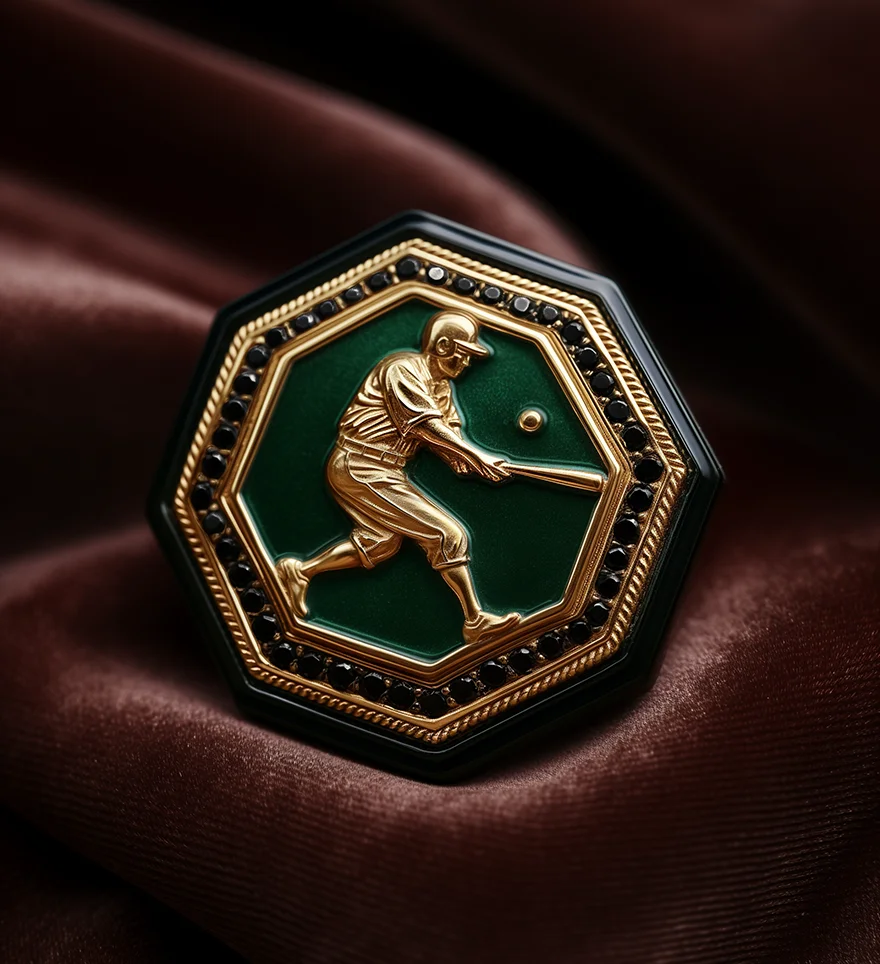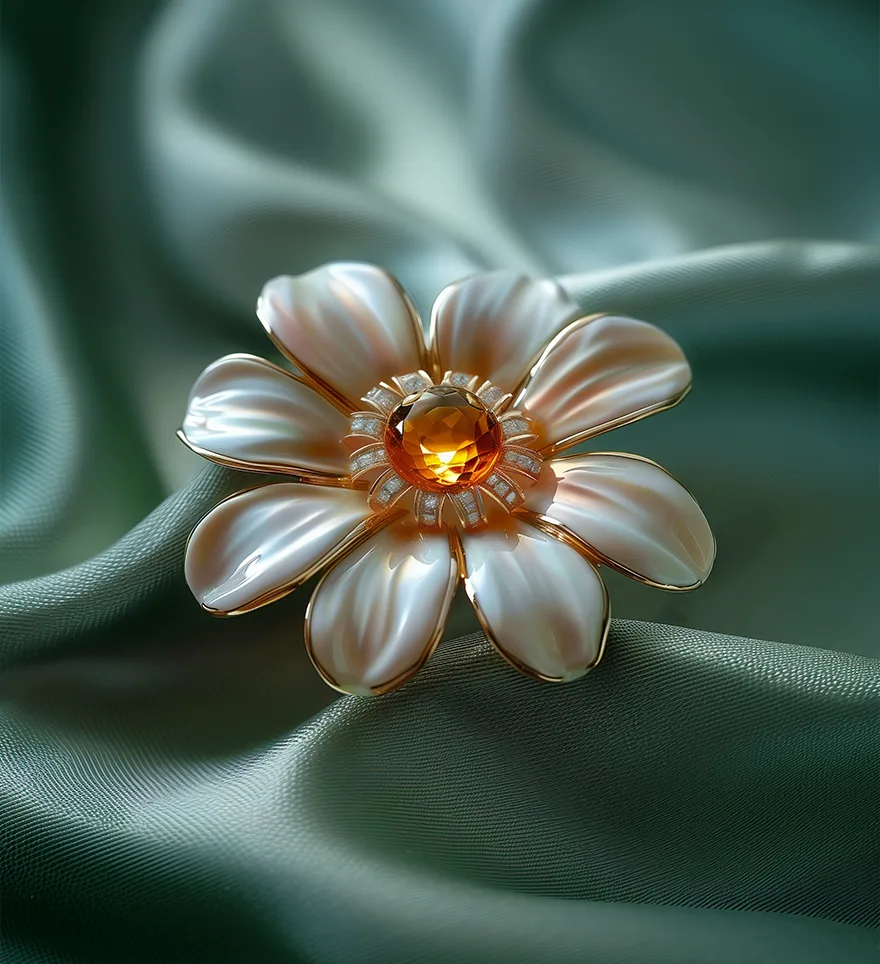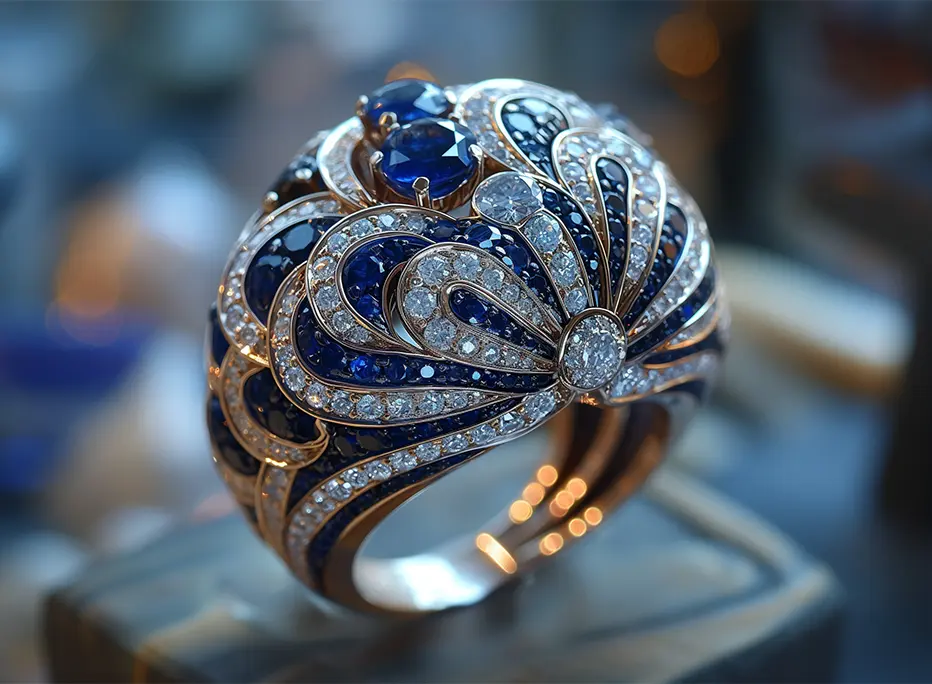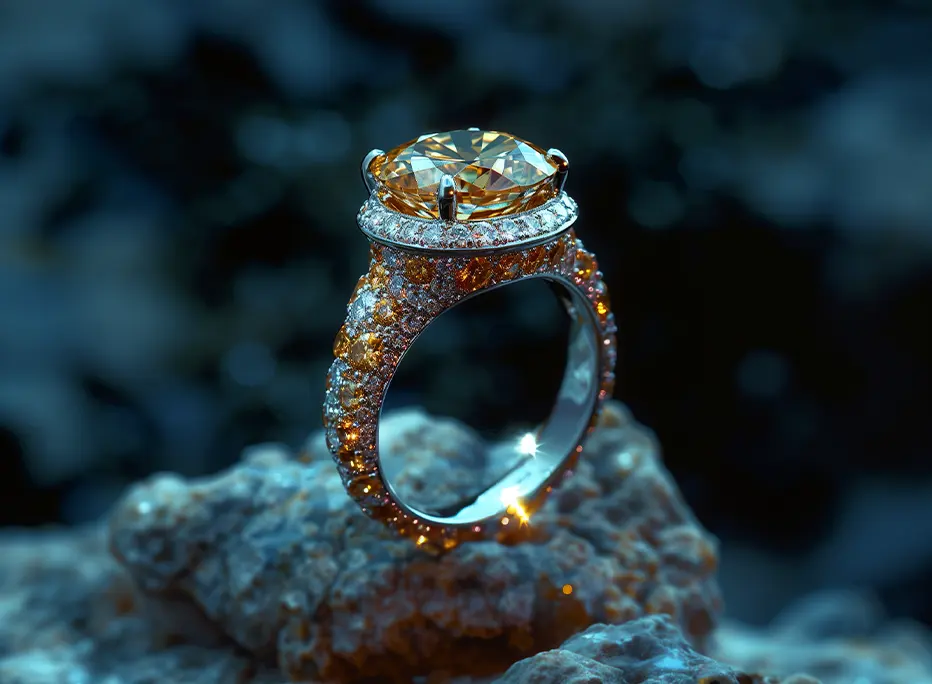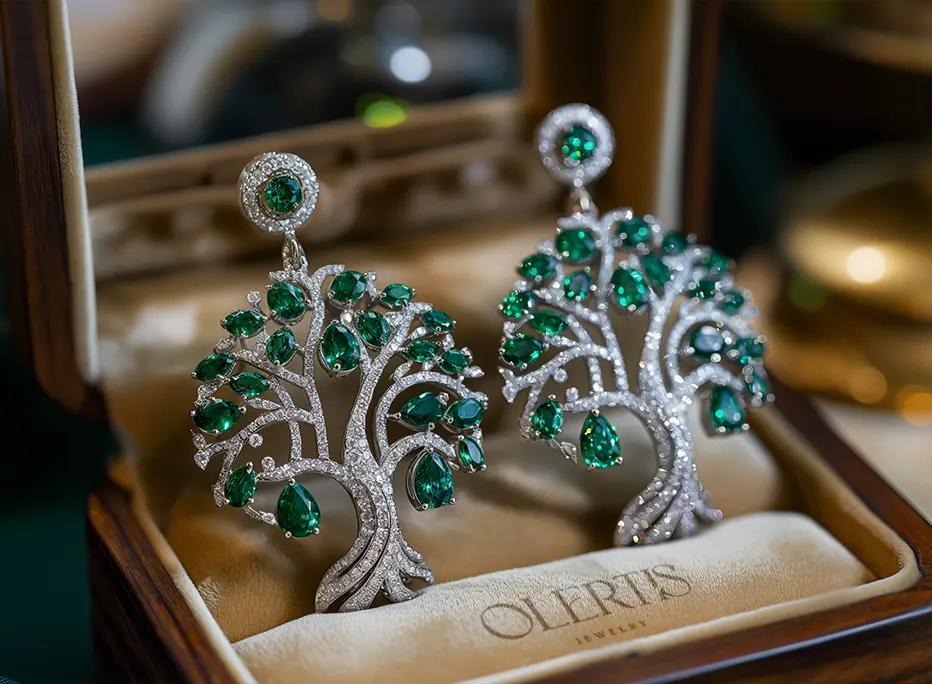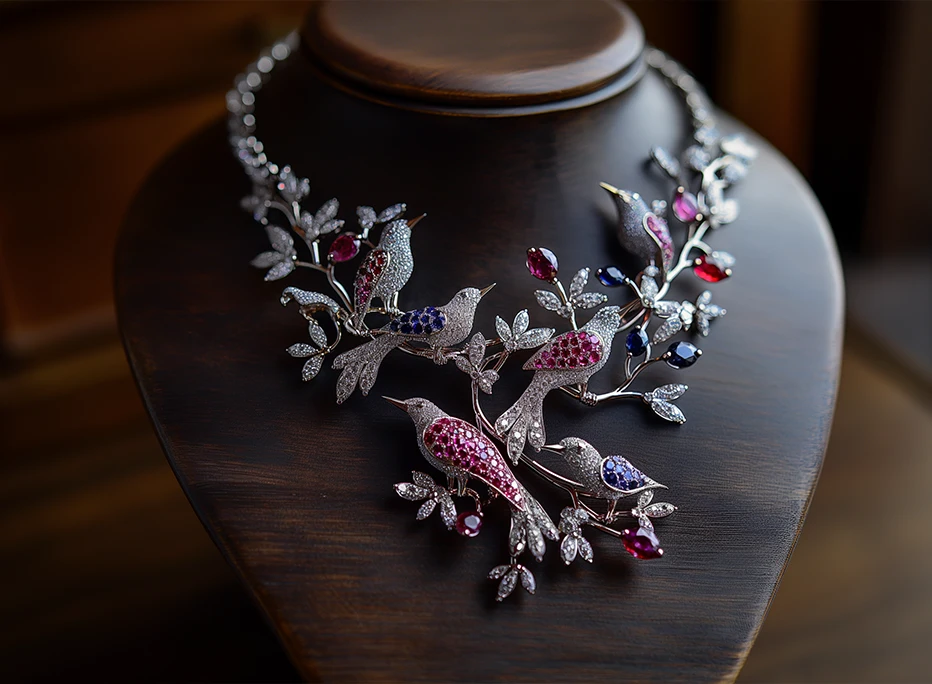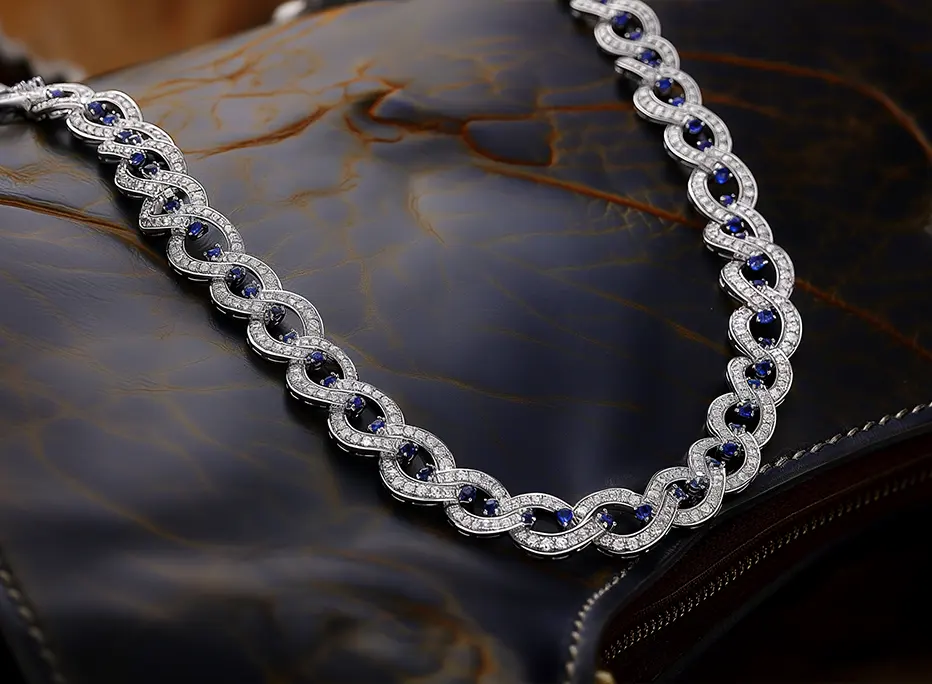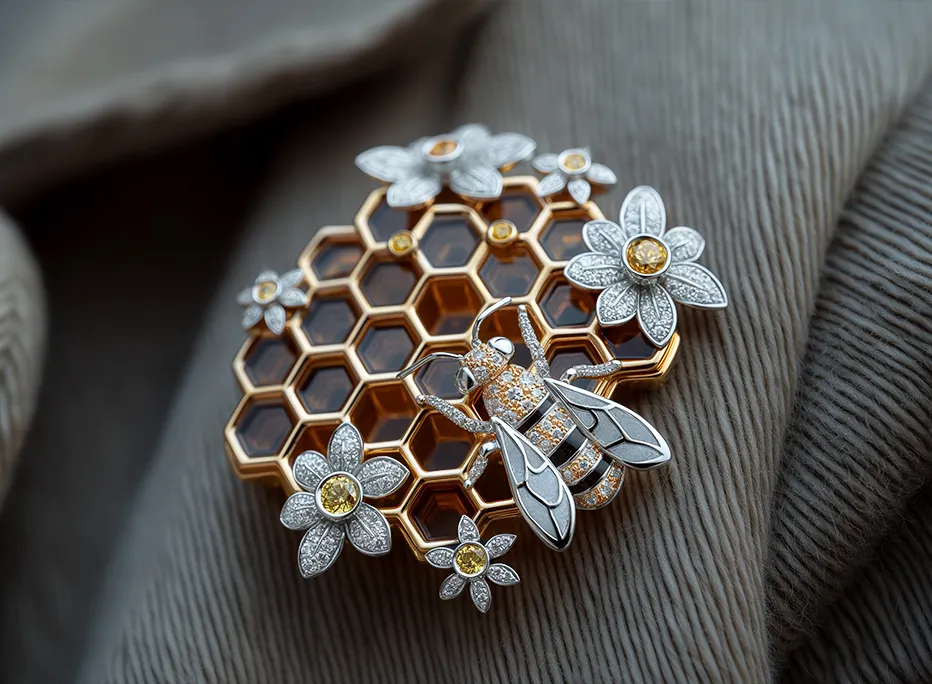A lot of people may be wondering what enamel is. Actually, it’s a type of fancy glass called allochromatic glass which is made at around 1500 degrees Fahrenheit. Its major components are common quartz (sand), iron oxide, flux, and potash. Some enamel-making techniques involve powdering glass into little specks and then fusing them together along with coloring agents under a high temperature. It’s important to note that enamel coating can only be applied to metals (typically zinc and iron alloys) and not other materials. Because of the complexity of the technological process, enamel pieces are quite expensive.
If you’re concerned about the safety of this material, it’s actually very inert in terms of interacting with other chemicals, for example, the fabric of your clothes or the oils on your skin. This makes it quite safe, which is why enamel-coated jewelry can even be worn by children and allergic or sensitive people. However, please keep in mind that enamel is a fragile material that might show signs of wear and tear over time (especially when not handled properly). In particular, even high-quality custom enamel pins are prone to chipping and cracking if you aren’t too careful.
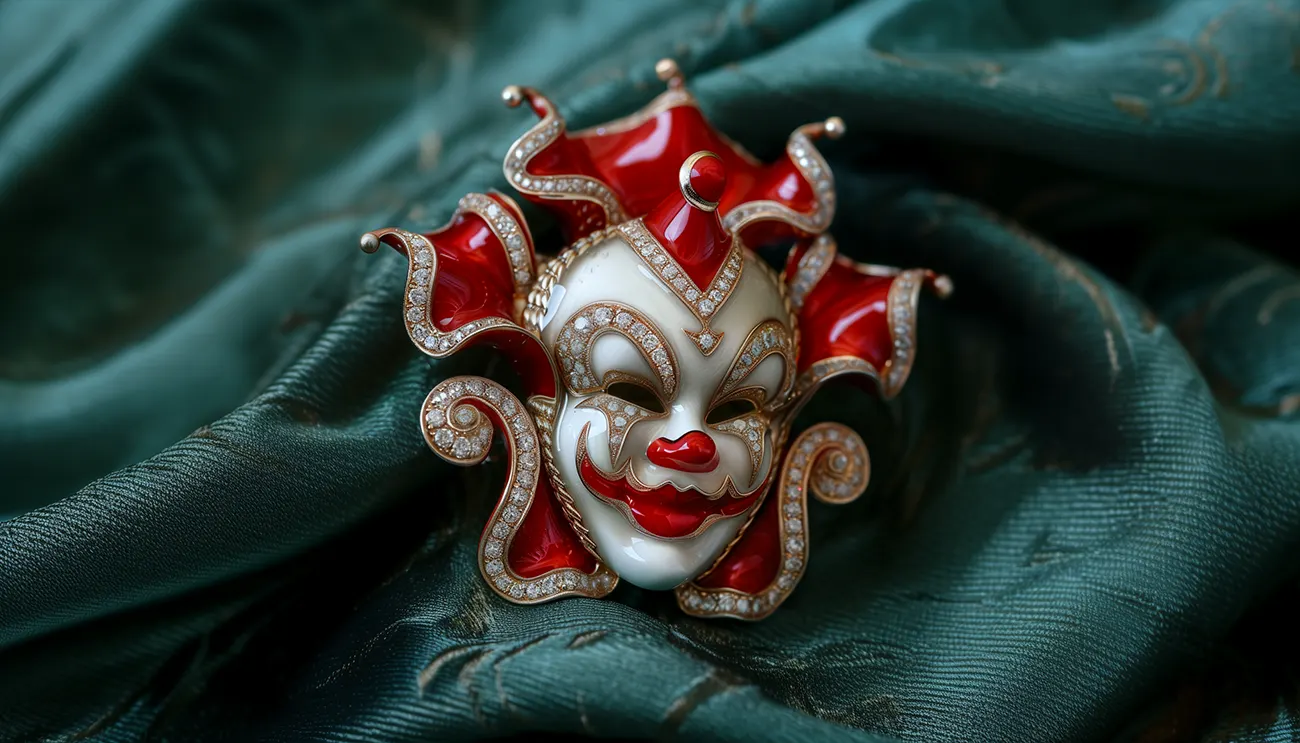
In terms of technique and design, one can distinguish several types of enamel pins. The most popular type is custom soft enamel pins that are created by filling out spaces between metal lines with enamel. They have a sleek and pleasant appearance and are commonly inexpensive. Custom hard enamel pins have a somewhat different production technique: each individual piece of enamel is placed separately on a metal plate before being baked. Otherwise known as a cloisonne pin, this jewelry piece has a more polished and smoother look compared to the first type. Offset-printed pins are the most photorealistic kind. They offer a much wider color palette than traditional pins. At the same time, their coating cannot be called 100% enamel, as it rather consists of epoxy resin. Die-struck custom pins resemble stamped coins with their rough texture. In terms of color, they are the complete opposite of the offset-printed option as they do not offer any shades.
Finally, the most flexible kind of pin is a 3D mold. They offer the best possibility of making custom brooches and pins. Even the most intricate custom design can be brought to life with this technique. All you need is a mold, a functional 3D printer, and some metal. They are a little bit more expensive than other varieties, but that is money well spent: for several dozen bucks you can get a beautiful 3D representation of whatever pin model you like. The only downside is limited coloring options as the pin’s color comes from the metal the piece is made of (just like in die-struck custom pins).
At the end of the day, it’s your decision what type of pin to make – we can do it all and even more. The Olertis experts are always willing to go the extra mile for our clients and deliver the best possible personalized piece that meets their expectations.
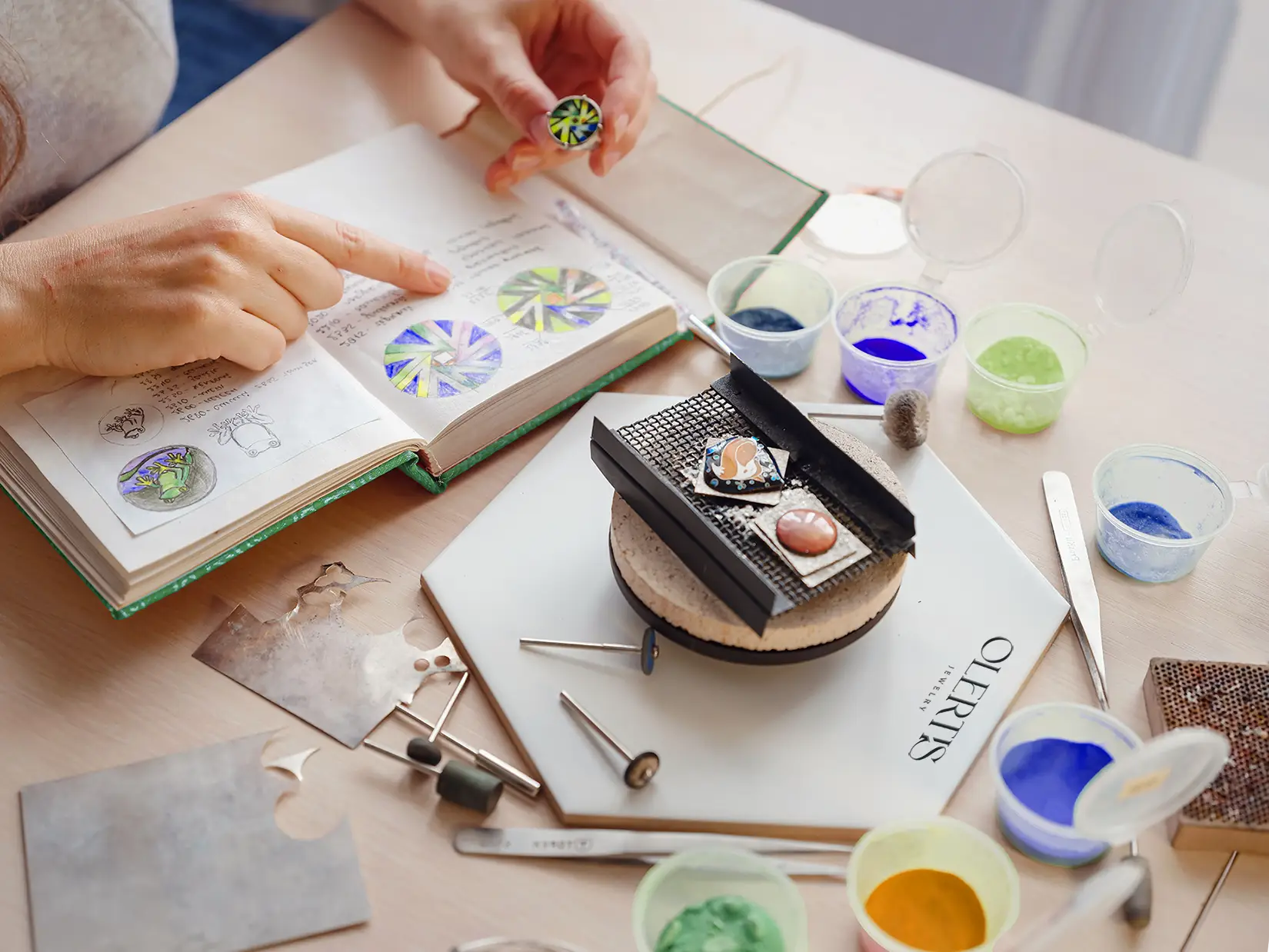
The process of applying hard enamel to a pin.

